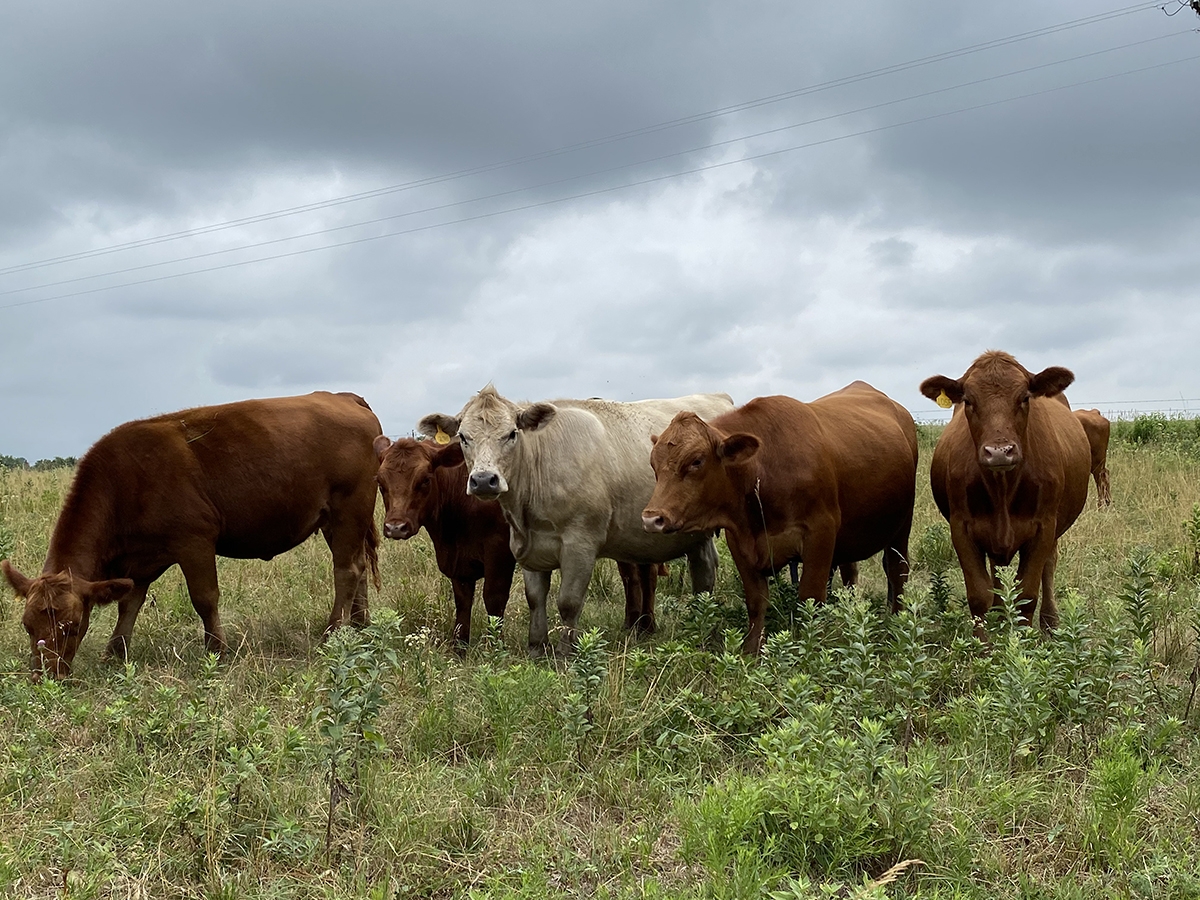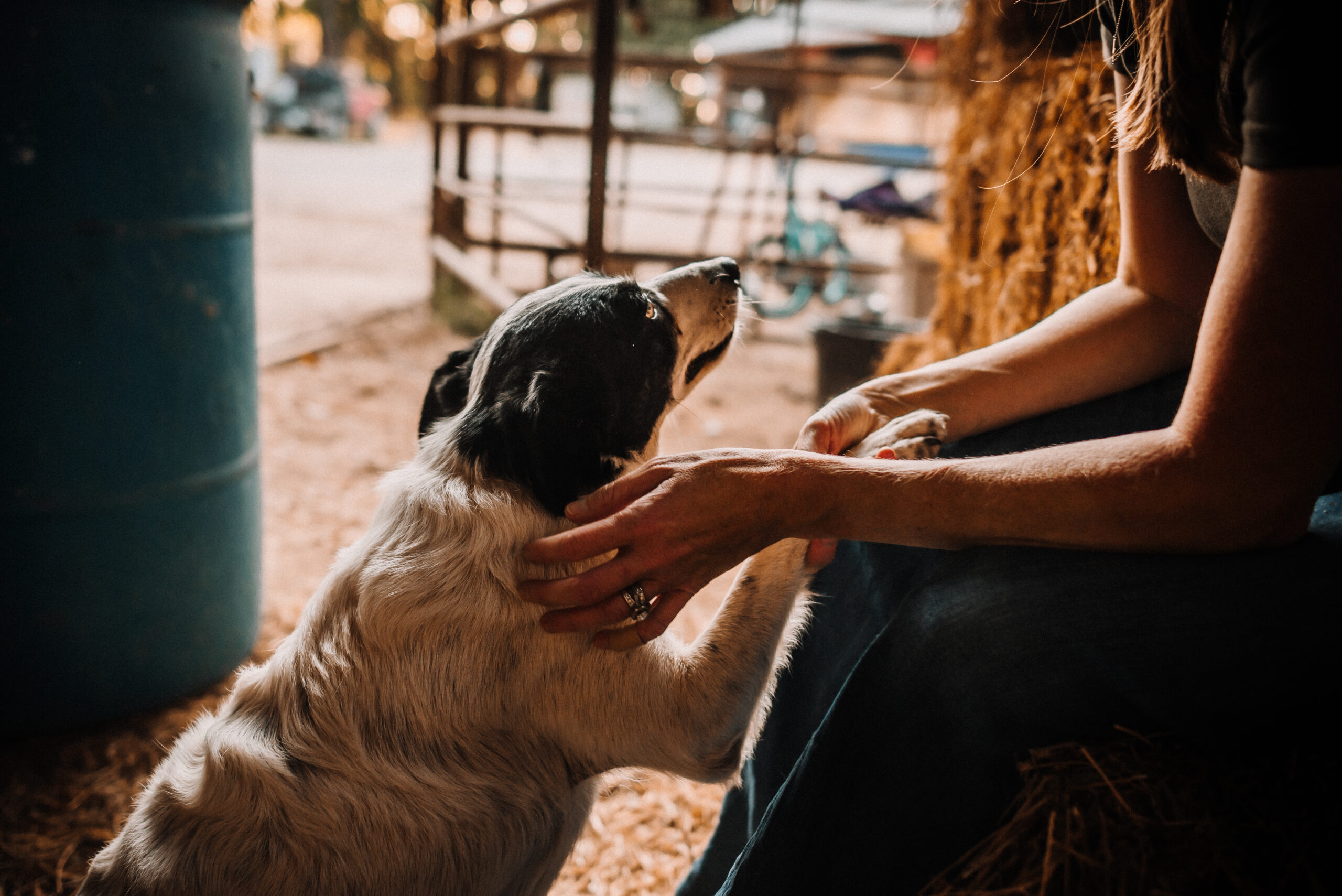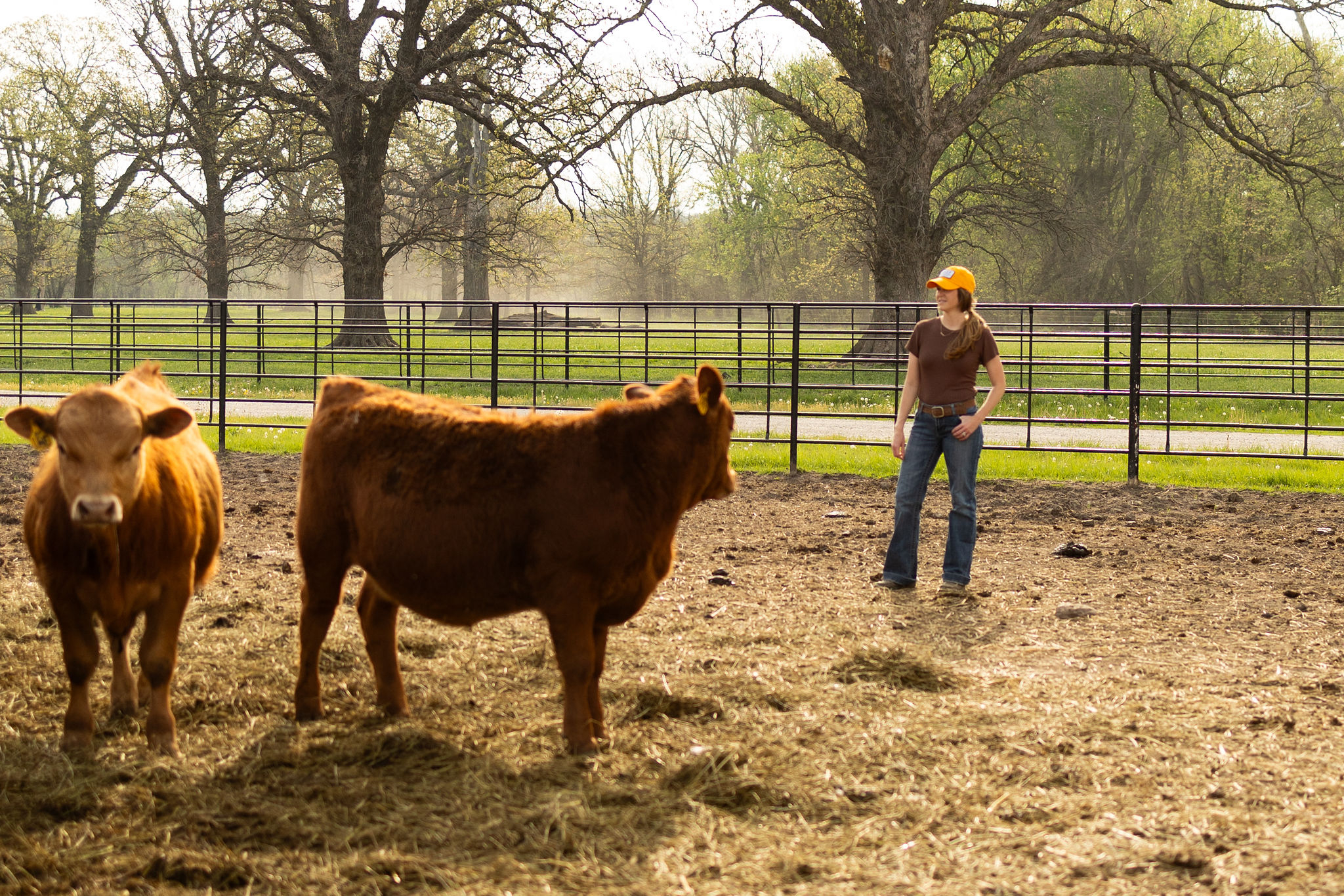I would love to say our cattle never get sick, but unfortunately, that’s not the truth. Just like cats, dogs, hamsters and humans, cattle have biological systems that can be disrupted by bacteria and viruses. The truth is, even outside the normal “cold and flu season” for cattle, we have animals that contract an illness or need medical attention of some kind – even in the summer. As livestock stewards, it’s our duty to responsibly manage the health of our cattle to the best of our ability using the tools available to us.
For example, the region we live in is rife with anaplasmosis, which is a blood-borne disease easily transferred from animal-to-animal via flies, mosquitoes and ticks. Once anaplasmosis is in the herd, it’s there for perpetuity and is very hard to control because flying insects are abundant. If not managed, the disease will cause cows to become anemic, have a fever, abort their pregnancies and even die, which is both devastating and frustrating from an animal welfare standpoint. Death loss and abortions are not part of the success plan for any farmer or rancher.
To manage this disease, we get a prescription from our veterinarian for medicated mineral – generally in the summer. While our cattle receive regular mineral year-round to help keep their biological systems functioning normally, in the summer we include chlortetracycline, which helps prevent anaplasmosis from developing. To use this medication, our vet visits our herd and completes a health check. Based on those findings, our vet will write a prescription for the medication. The prescription, called a veterinary feed directive, is for the specific medication for our herd size and has an expiration date. The feed mill where we purchase feed and mineral will keep the prescription on file for recordkeeping purposes for the U.S. Department of Agriculture (USDA).
In the event that one of our cows contracts anaplasmosis, which is possible in the summer if the cows aren’t consuming enough of the medicated mineral, we also rely on our vet to help us with treatment protocols to manage the symptoms and hopefully prevent death loss. Having a strong veterinary-client-patient-relationship helps farmers and ranchers raise healthier cattle, which in turn leads to a safer beef supply.
As with any antibiotic, we take the instructions very seriously. Antibiotics have a set administration course, which we adhere to so the medication takes full effect – just like a course of antibiotics you would receive from your doctor. Additionally, antibiotics have withdrawal times, so we keep accurate records to ensure no animal that receives medication enters the food supply until the proper period has passed. These are not just our rules; they are guidelines set forth by the USDA Food Safety & Inspection Service to ensure a safe food supply. We need these tools and technologies, such as antibiotics, to raise our livestock sustainably and efficiently. We do our very best to only use them when necessary.
As I said earlier, healthy animals produce safe beef. Farmers and ranchers are committed to producing a safe, nutritious beef meal for every consumer to enjoy.
Until next time,
~ Buzzard ~
P.S. If you wish to receive posts in your inbox automatically, sign up on the homepage in the right side pane. Furthermore, follow my ranch life activities on Instagram: @brandibuzzard.
This original post first appeared on the Kansas Living website.



